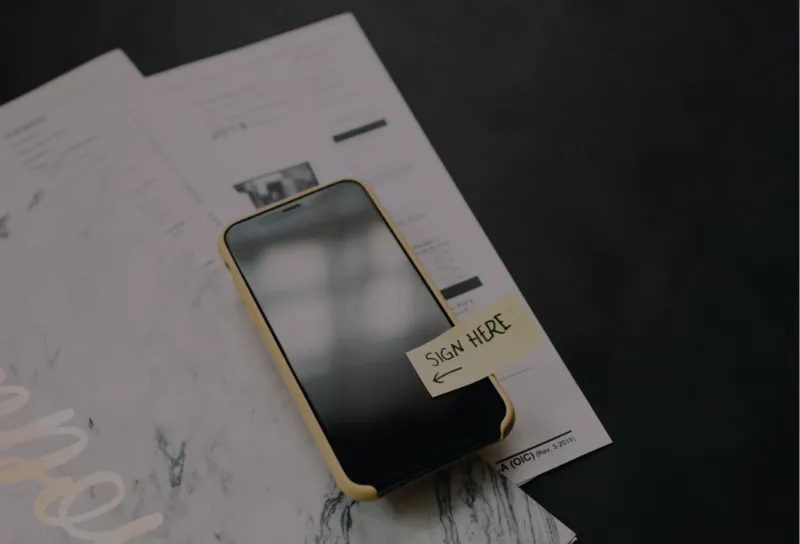Introduce eSignatures to your sales process to make it more efficient and avoid the most common bottlenecks for your customers to say “Yes”.
Continue to read and learn more about e-signing, the legal aspect of it, and what to think about before introducing eSigning to your sales process.
Why should we introduce e-signatures (electronic signatures) into our business?
Getting all parties to put their signature on a document is often one of the biggest bottlenecks when closing a deal. In some cases, you need to have the contract signed by multiple parties in-house before scanning it to be sent to the recipients, where the same scenario often arises.
After the contract has been sent, you often end up in the Valley of Death, where you have no control over what is happening with the deal on the customer side.
"I had two competing contracts containing more or less equivalent offerings. Had any of them just offered e-signing, I would have chosen them straight away to avoid all the hassle of printing, scanning, and signing." - a frustrated Samir Smajic, CEO at GetAccept.
One of the most common complaints from B2B sales reps today is that the active sales time is reduced when you implement too many sales tools that only aim to give management reporting.
E-signing has been shown to have the opposite effect. Recent studies show that companies implementing e-signing have increased their annual turnover by 3%.
Read the study from Aberdeen Group, From Lead to Close: Best-in-Class Sales Acceleration Techniques that Win.
Is it legally binding?
The simple answer to the most common question is YES, e-signatures are legally binding.
In the end, the evidence in a dispute when using e-signing is a big advantage compared to handwritten pen-to-paper signatures.
You are welcome to have a talk with us to find the right level of security for your industry and specific case.
Are you still curious about the law and security behind e-signing? Feel free to dig deeper into the legal aspects.
How will the customer react?
E-signing has been around for a long time but only recently started to become a standard in the business world.
One of the most common causes for concern when e-signatures are to be implemented is the customer experience: how will the customer embrace e-signing?
The fact is that recipients usually appreciate e-signing since it saves time and its simplicity leads to faster decisions. When introducing e-signing, it is important to inform recipients about what the process looks like and what will happen when they sign.
Also, make sure that your e-signing tool guides the customer clearly through the e-signing process. A recommendation is to send a document to yourself in order to see the signing process from the other side. Try this for free with GetAccept
Ask yourself how good friends you are with the printers and scanners at your office, usually you do everything you can to avoid them =)
E-signing is just a part of the solution
To become successful in sales, it's important to have a process where it's easy for a customer to accept your offer.
Sales Benchmark Index recently did a study of B2B sales reps that shows that 60% of all created business opportunities end up in the stage of neither won nor lost deal.
Your competitor isn't your real competition: status quo is.
With the takeaways from this study, we will, in a short while, publish a new blog post on how you can ensure that your deals don't end up in The Valley of Death and how you can close more deals the GetAccept Way!




